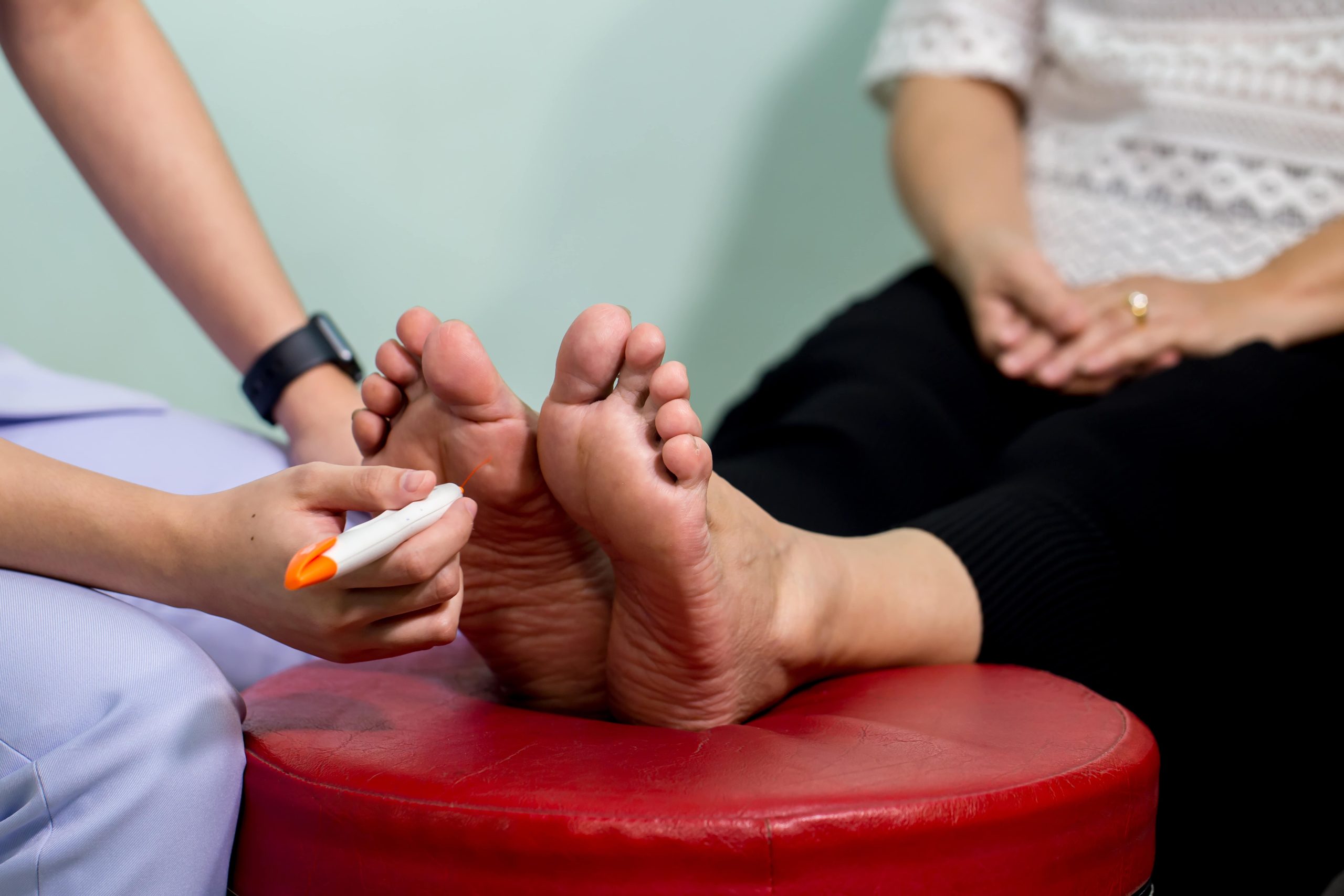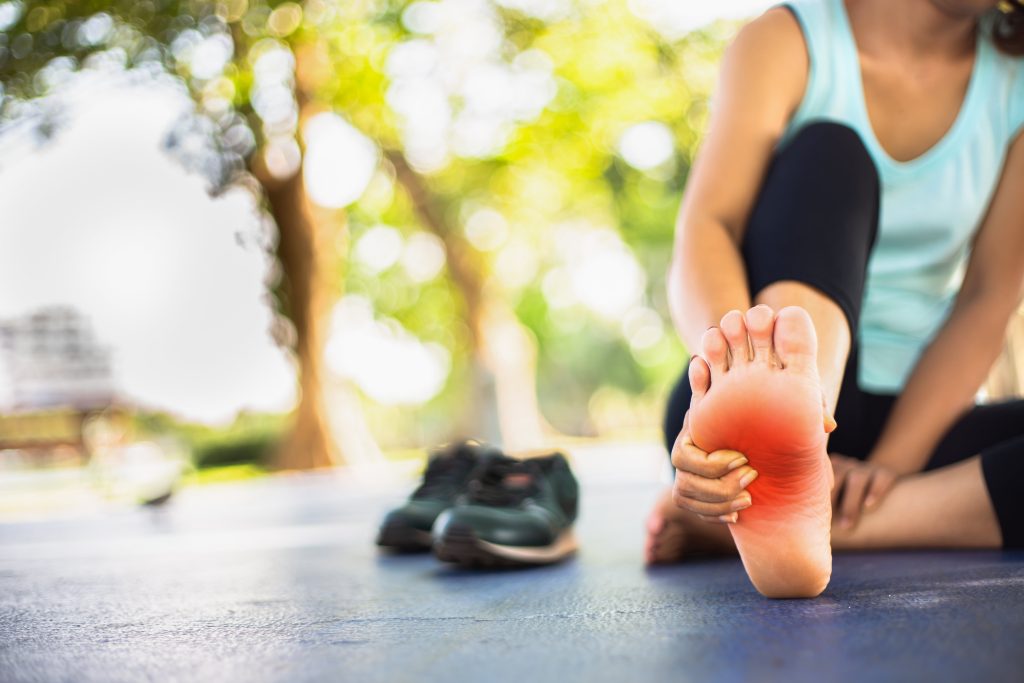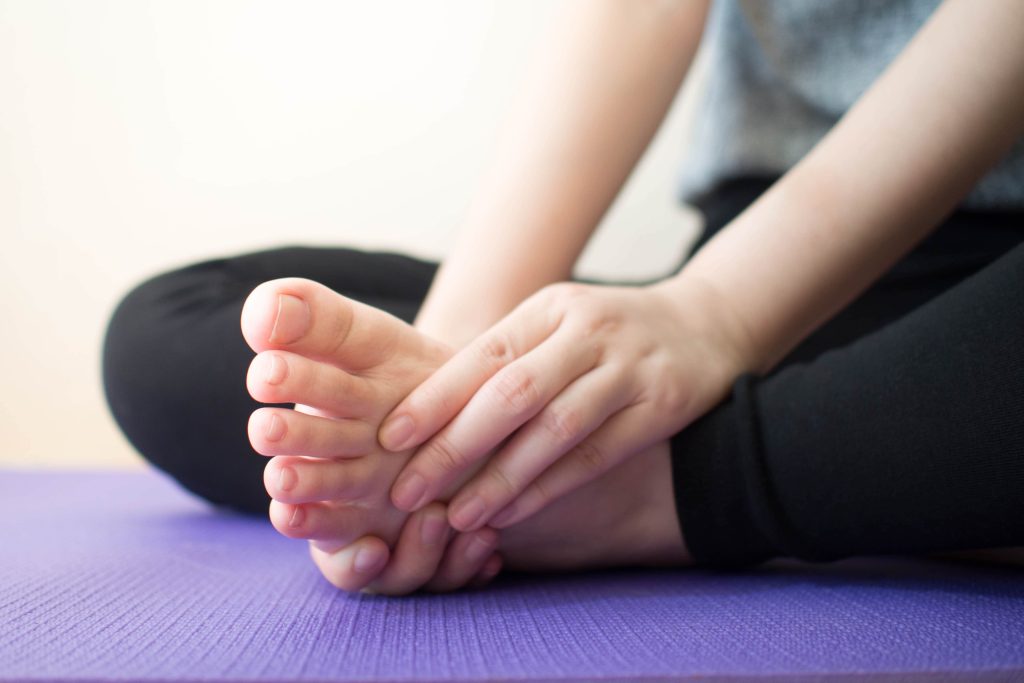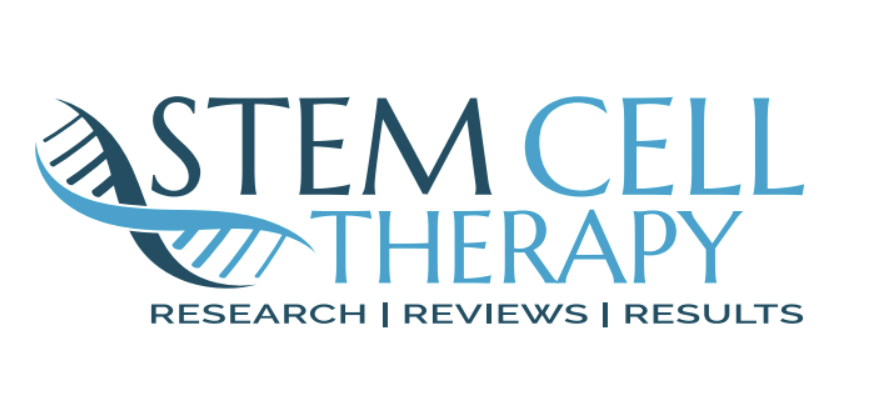Stem Cell for Neuropathy
Stem Cell Therapy for Neuropathy
If you’re reading this, chances are you’ve experienced tingling, numbness, pain, or limited mobility in your hands or feet due to neuropathy. You probably miss the activities you used to love – going for long walks, hiking, biking, golfing, tennis, skiing, or just playing with your grandkids.
The thought of surgery seems daunting, and you worry about recovery time. If you want a solution that can get you back to doing what you love without resorting to major invasive procedures, we may just have the right therapy for you!
Our regenerative stem cell therapy could be the natural solution you’ve been searching for. By utilizing your body’s own healing cells, we can reduce inflammation, repair damaged nerve tissue, and stimulate lasting pain relief. Stem cell treatment for neuropathy promotes your body’s innate healing power without risky medications or surgery.


What is Stem Cell Therapy?
Stem cell therapy is a non-surgical procedure that uses your body’s own stem cells to help heal injuries, reducing inflammation and pain. Stem cells are the body’s master cells that can develop into many different cell types, like muscle, cartilage, tendon, or bone cells.
They have the ability to repair and regenerate damaged tissues. For neuropathy, stem cells are harvested from your own bone marrow or fat cells. These stem cells are then concentrated and injected into areas of nerve damage, like the hands, feet, or spine.
How Does Stem Cell Therapy Help with Shoulders?
01
Reduces inflammation
Stem cells contain growth factors that decrease swelling and inflammation around damaged nerves. This provides natural pain relief.
02
Repairs nerve fibers
Stem cells can regenerate nerve fibers and restore function to nerves damaged by neuropathy. This reduces numbness and tingling.
03
Heals injuries
Stem cells can heal compressed or injured nerves by rebuilding the myelin sheath around nerve fibers.
04
Improves circulation
Stem cells stimulate improved blood flow to enhance healing and oxygen delivery to nerves.
05
Regrows nerves
Stem cells can grow new nerve cells, repairing damage and restoring sensation and function. This reduces chronic neuropathic pain.
01
Reduces inflammation
Stem cells contain growth factors that decrease swelling and inflammation around damaged nerves. This provides natural pain relief.
02
Repairs nerve fibers
Stem cells can regenerate nerve fibers and restore function to nerves damaged by neuropathy. This reduces numbness and tingling.
03
Heals injuries
Stem cells can heal compressed or injured nerves by rebuilding the myelin sheath around nerve fibers.
04
Improves circulation
Stem cells stimulate improved blood flow to enhance healing and oxygen delivery to nerves.
05
Regrows nerves
Stem cells can grow new nerve cells, repairing damage and restoring sensation and function. This reduces chronic neuropathic pain.
The Process of Stem Cell Therapy for Neuropathy
Rigorous screenings and tests are conducted on stem cells from umbilical cords and placentas post-cesarean section to guarantee unmatched quality and safety in our treatments.
The first step when you come in for your treatment is numbing the joint with an anesthetic.
Using ultrasound guidance, the stem cells are injected into damaged nerves and tissues. Common injection points include the hands, feet, knees, hips, and along the spine.
The entire procedure takes approximately 60-90 minutes.
Most patients can resume normal activities within 1-2 days. Improvement happens gradually over 4-8 weeks as the stem cells repair nerve damage.

FAQs about Stem Cell for Neuropathy
A lot of people wonder if you can apply stem cell therapy for neuropathy in feet. Research is underway and early results indicate stem cell injections into the feet may help regenerate damaged peripheral nerves. This can reduce chronic neuropathic pain and numbness and improve everyday function.


Recap of Benefits
Non-invasive procedure with minimal recovery time.
Use your body’s natural healing abilities.
Reduces pain and inflammation.
Repairs damaged nerves.
Stimulates regeneration of damaged nerve fibers.
Avoids surgery and implants.
Provides lasting results.
Stem Cell Therapy Beyond Neuropathy
01
Helping Back and Neck Pain
While stem cells for knees are proven to be effective, stem cells can also be injected into damaged discs, facet joints, ligaments, and neural tissue to help relieve back and neck pain caused by issues like degenerative disc disease, herniations, pinched nerves, or whiplash injuries. The stem cells can:
- Reduce inflammation of irritated nerve roots.
- Regenerate disc cartilage, renewing cushion and height.
- Repair annular tears in discs.
- Promote new bone growth to stabilize the spine.
- Regenerate ligaments between vertebrae.
- Prevent scar tissue from pressing on nerves.
02
Rebuilding Injured Rotator Cuffs
For torn rotator cuff tendons in the shoulder, stem cells can encourage healing by:
- Differentiating into tenocytes to form new tendon tissue.
- Increasing blood supply to deliver nutrients.
- Stimulating collagen production to rebuild tendon structure.
- Reducing inflammation and scarring that impede healing.
03
Restoring Mobility from Hip Issues
Stem cells injected into arthritic hip joints or damaged cartilage and bone can:
- Grow new cartilage cells to smooth joint surfaces.
- Differentiate into bone cells to help fractures or defects heal.
- Reduce inflammation and pain from arthritis or bursitis.
- Produce collagen to reinforce ligaments.
04
Promoting Healing of Sports Injuries
Stem cells can help the body repair itself after sports injuries like ACL/MCL tears, damaged cartilage, muscle strains, or fractures. Stem cell benefits include:
- Faster healing of broken bones.
- Regeneration of torn ligaments or tendons.
- Muscle repair and reduced scar tissue formation.
- Cartilage regeneration to prevent arthritis long-term.
05
Improving Function in Osteoarthritic Joints
For joints damaged by osteoarthritis, stem cell injections can:
- Grow new cartilage to restore cushioning.
- Stimulate thicker synovial fluid to lubricate joints.
- Reduce inflammation causing irritation and stiffness.
- Slow the degenerative process.
06
Speeding Recovery from Fractures
Stem cells injected near the fracture site can:
- Differentiate into bone cells (osteoblasts) to directly help heal the break.
- Increase blood vessel growth to improve the blood supply needed for healing.
- Release growth factors to stimulate bone regeneration.
07
Reducing Degeneration in Joints, Discs, Tendons
Stem cells slow degeneration by:
- Regenerating cells to replace aged, dying ones.
- Stimulating nearby tissues to maintain structure and function.
- Reducing inflammation that drives degeneration.
- Limiting the formation of scar tissue.
01
Helping Back and Neck Pain
While stem cells for neuropathy are proven to be effective, stem cells can also be injected into damaged discs, facet joints, ligaments, and neural tissue to help relieve back and neck pain caused by issues like degenerative disc disease, herniations, pinched nerves, or whiplash injuries. The stem cells can:
- Reduce inflammation of irritated nerve roots.
- Regenerate disc cartilage, renewing cushion and height.
- Repair annular tears in discs.
- Promote new bone growth to stabilize the spine.
- Regenerate ligaments between vertebrae.
- Prevent scar tissue from pressing on nerves.
02
Rebuilding Injured Rotator Cuffs
For torn rotator cuff tendons in the shoulder, stem cells can encourage healing by:
- Differentiating into tenocytes to form new tendon tissue.
- Increasing blood supply to deliver nutrients.
- Stimulating collagen production to rebuild tendon structure.
- Reducing inflammation and scarring that impede healing.
03
Restoring Mobility from Hip Issues
Stem cells injected into arthritic hip joints or damaged cartilage and bone can:
- Grow new cartilage cells to smooth joint surfaces.
- Differentiate into bone cells to help fractures or defects heal.
- Reduce inflammation and pain from arthritis or bursitis.
- Produce collagen to reinforce ligaments.
04
Promoting Healing of Sports Injuries
Stem cells can help the body repair itself after sports injuries like ACL/MCL tears, damaged cartilage, muscle strains, or fractures. Stem cell benefits include:
- Faster healing of broken bones.
- Regeneration of torn ligaments or tendons.
- Muscle repair and reduced scar tissue formation.
- Cartilage regeneration to prevent arthritis long-term.
05
Improving Function in Osteoarthritic Joints
For joints damaged by osteoarthritis, stem cell injections can:
- Grow new cartilage to restore cushioning.
- Stimulate thicker synovial fluid to lubricate joints.
- Reduce inflammation causing irritation and stiffness.
- Slow the degenerative process.
06
Speeding Recovery from Fractures
Stem cells injected near the fracture site can:
- Differentiate into bone cells (osteoblasts) to directly help heal the break.
- Increase blood vessel growth to improve the blood supply needed for healing.
- Release growth factors to stimulate bone regeneration.
07
Reducing Degeneration in Joints, Discs, Tendons
Stem cells slow degeneration by:
- Regenerating cells to replace aged, dying ones.
- Stimulating nearby tissues to maintain structure and function.
- Reducing inflammation that drives degeneration.
- Limiting the formation of scar tissue.

